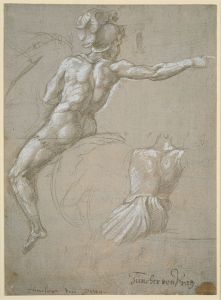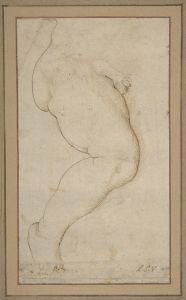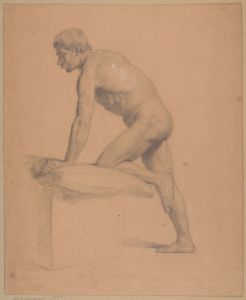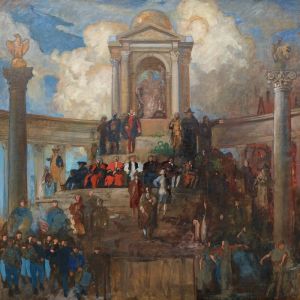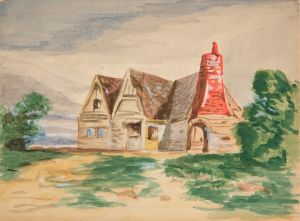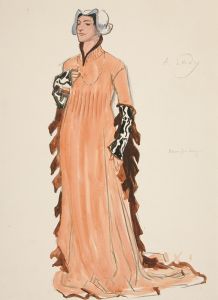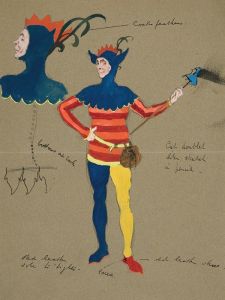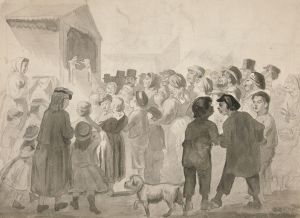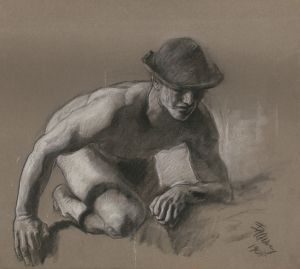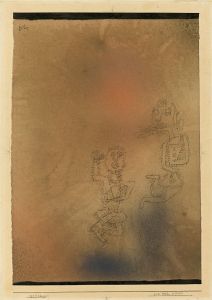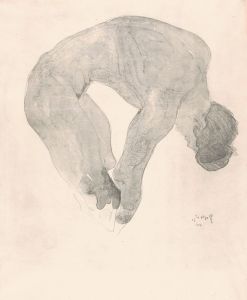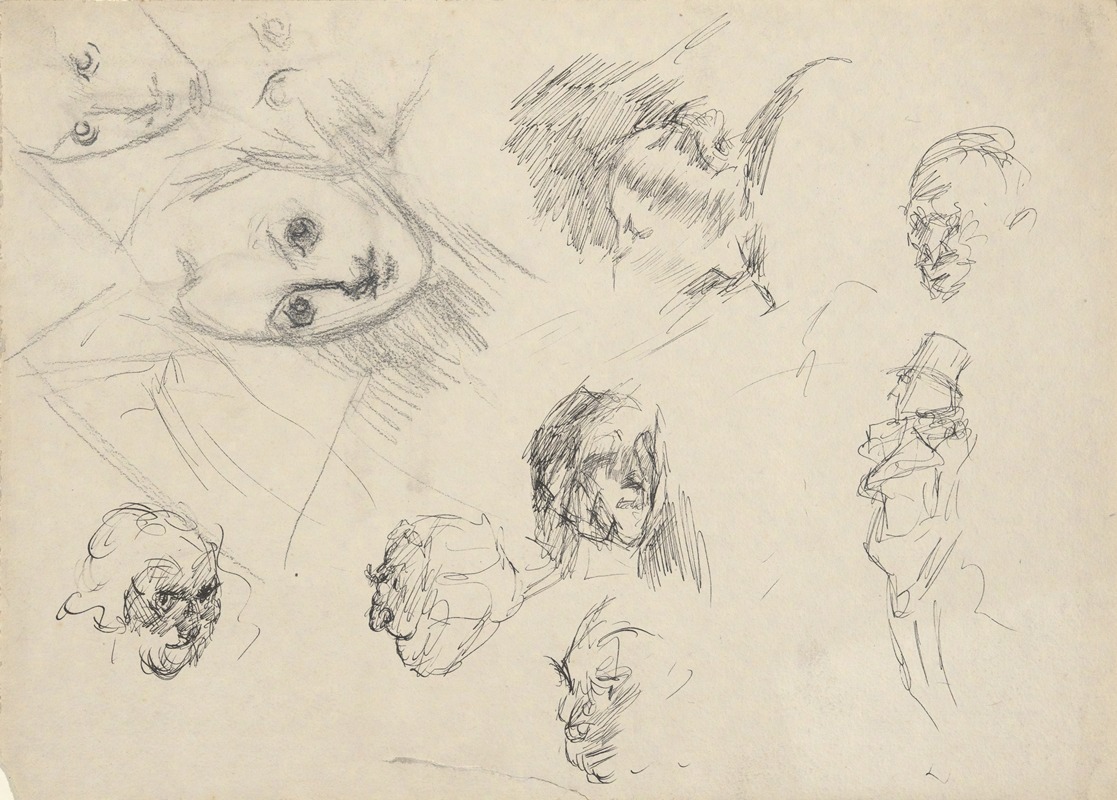
Studies of heads
A hand-painted replica of Edwin Austin Abbey’s masterpiece Studies of heads, meticulously crafted by professional artists to capture the true essence of the original. Each piece is created with museum-quality canvas and rare mineral pigments, carefully painted by experienced artists with delicate brushstrokes and rich, layered colors to perfectly recreate the texture of the original artwork. Unlike machine-printed reproductions, this hand-painted version brings the painting to life, infused with the artist’s emotions and skill in every stroke. Whether for personal collection or home decoration, it instantly elevates the artistic atmosphere of any space.
Edwin Austin Abbey was an American artist known for his illustrations and paintings, particularly those depicting Shakespearean and Victorian subjects. Born in 1852 in Philadelphia, Abbey developed a keen interest in art from a young age. He studied at the Pennsylvania Academy of the Fine Arts and later worked as an illustrator for Harper's Weekly, where he gained recognition for his detailed and historically accurate illustrations.
"Studies of Heads" is one of Abbey's works that showcases his skill in capturing human expressions and character through detailed studies. While specific information about this particular piece, "Studies of Heads," is limited, it is consistent with Abbey's broader body of work, which often involved preparatory studies for larger compositions. These studies were crucial for Abbey as they allowed him to explore different facial expressions, emotions, and character traits, which he would later incorporate into his more comprehensive narrative paintings.
Abbey's approach to art was meticulous and research-driven. He was known for his dedication to historical accuracy, often spending considerable time researching costumes, settings, and historical contexts to ensure that his works were as authentic as possible. This commitment to detail is evident in his studies, where he would focus on the nuances of facial features and expressions.
Throughout his career, Abbey was influenced by the Pre-Raphaelite Brotherhood, a group of English painters, poets, and critics founded in 1848. The Pre-Raphaelites emphasized a return to the detail, intense colors, and complex compositions of Quattrocento Italian art. Abbey's work reflects these influences, particularly in his use of color and attention to detail.
In addition to his studies and illustrations, Abbey is well-known for his murals and large-scale paintings. One of his most famous works is the series of murals in the Boston Public Library, depicting the Quest for the Holy Grail. These murals further demonstrate his ability to blend narrative storytelling with historical and mythical themes, a skill that was honed through his detailed studies of heads and other preparatory works.
Abbey spent a significant portion of his career in England, where he became a member of the Royal Academy. His time in England allowed him to immerse himself in the rich artistic traditions of Europe, which further influenced his style and technique. Despite his success abroad, Abbey maintained strong ties to the United States and continued to contribute to American art and culture.
"Studies of Heads" exemplifies Abbey's dedication to capturing the human spirit through art. While the specifics of this piece may not be widely documented, it remains an important part of his artistic process, reflecting his commitment to detail and his ability to convey emotion and character through his work. Abbey's legacy as an artist is marked by his contributions to both illustration and painting, and his studies, such as "Studies of Heads," continue to be appreciated for their technical skill and artistic insight.





